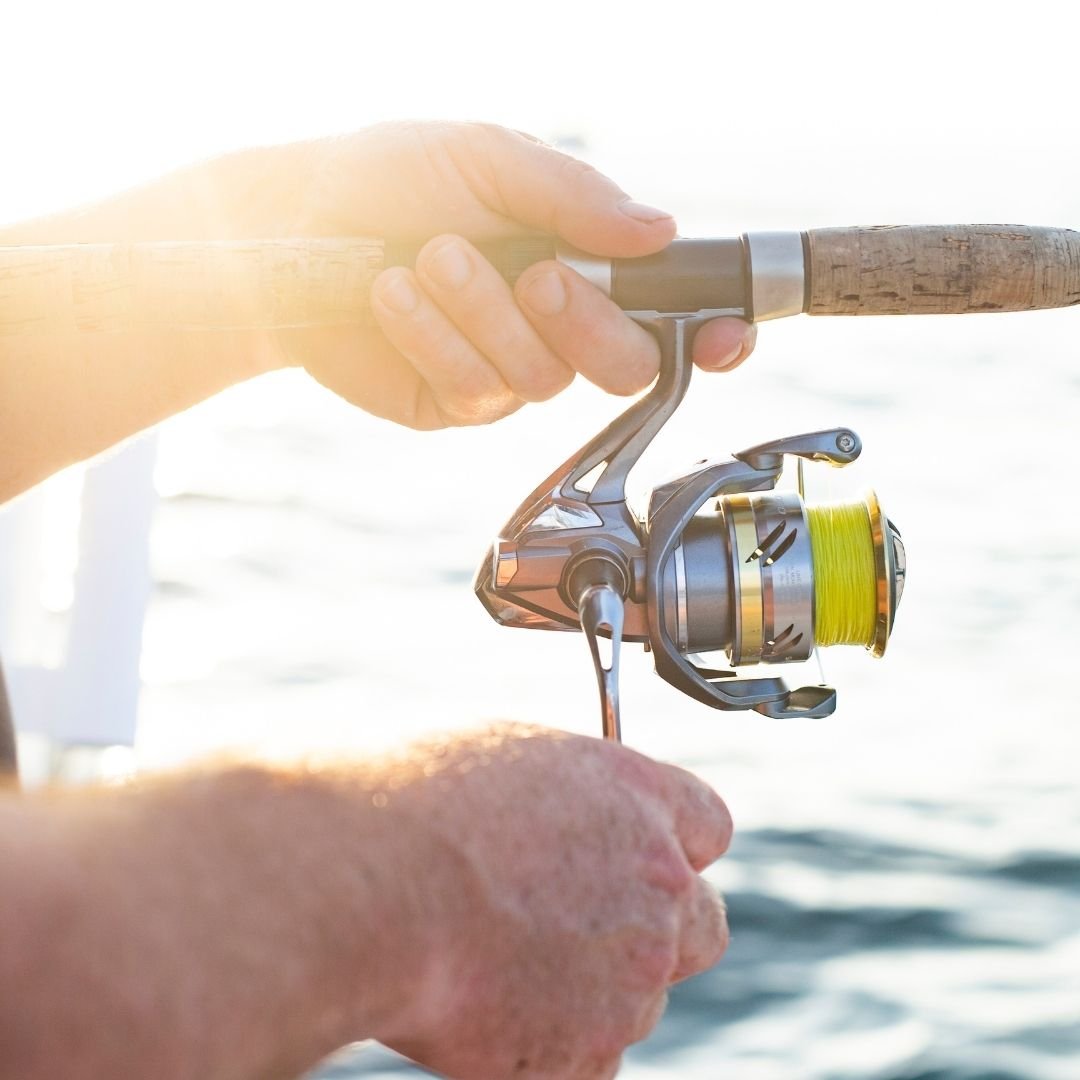FIVE SUSTAINABLE FISHING METHODS THAT ARE EASY TO ADOPT
People have fished the world’s oceans and rivers for thousands of years to feed their families and communities. In order to leave enough fish in our waterways and protect habitats and threatened species, sustainable fishing is on the rise. Fishing for food requires having balance and awareness of the environment which helps in its protection and conservation.
However, some fishing methods can be destructive to the environment as the demand for sea life has risen sharply. Fishing removes more than 77 billion kilograms of wildlife from the sea each year.
There are ways to fish for food sustainably, and we examine the best techniques to use to ensure that we preserve fish stocks for future generations to come.
FOLLOW FISHING REGULATIONS
A responsible fisher will have an understanding of the fishing regulations put into place by authorities, who closely monitor fish populations. In order to correct any imbalances in the fish population, fishing regulations may be updated to decrease the number of fish you are able to take from the system or shorten the length of fishing seasons for certain species.
Fishing laws and regulations can change often, which is why it's essential to stay updated on the latest restrictions of the area.
The ethics of fishing is much more open to interpretation, but the general rule of thumb is only to take what you need. For example, just because there is a set limit of fish per day you can take from the waterways, doesn’t mean you have to fill that quota and come back to fish that same spot every day.
USE APPROVED FISHING TECHNIQUES
When you think of fishing for food, you tend to think of large-scale commercial fishing. Due to overfishing, the fishing industry is already starting to look at how they can do things more sustainably. While some fishing methods will remain unsustainable due to the amount of by-catch, other methods are much more friendly for the world's fish population.
Hook-and-Lining involves using a fishing pole with one line and several hooks that allow fishermen to quickly release by-catch.
Floating traps and weirs can also be used effectively. Traps can target fish with minimal impact on the environment.
Trolling is a method where a moving boat uses anchored lines to hook fish individually. It’s effective on a large scale as by-catch is minimal and the fish can be released quickly.
On an individual level, practising sustainable fishing comes down to be considerate about what you are fishing, and where. What gear you use and how you fish determines the impact you have on the local systems.
USE THE RIGHT TACKLE
There are lead-free sinkers available that will reduce health problems for fish and wildlife that swallow them.
The use of bait is still the prefered method when fishing, and some fish species react well to lures but still can be caught on natural bait. Be careful to use the right bait for the system you are fishing in. Saltwater bait can carry parasites and diseases over to freshwater systems.
Concerns have been raised in the fishing community about the use of manufactured soft plastics. Fish have a hard time digesting soft plastics should they swallow them, and there is a view that soft plastics contribute to more litter entering the waterways if they fall off hooks. Biodegradable soft plastics and non-toxic plastics have entered the market in the last several years and most major brands now have an environmentally friendly option. This trend is likely to continue toward plastics that create a smaller environmental footprint.
An alternative is to create your own at home. Lures can be made with natural gelatin, or if you are looking to go old-school, try using cedar plugs and bird feathers.
TAKE EVERYTHING WITH YOU
A simple but often overlooked practice that ensures the fish and the environment can thrive is limiting the amount of litter that enters the waterways. Fish can swallow the smallest amounts of plastic or waste floating in the water and can cause death or long term problems.
Be mindful to eliminate excess lines, tackle, metals or any other waste around waterways and fishing access points. Pick up any other rubbish you see, and dispose of fishing lines and plastic bags in designated bins.
These are easy steps to remember and go a long way to preserve fishing stocks and protect the environment they live in.
USE EVERY PART OF WHAT YOU CATCH
If you are catching fish for food, take only what you are planning to eat in a reasonable amount of time. Keep the medium-sized fish but leave younger fish to continue to grow and replenish the life cycle for future generations.
Dispatch of the fish quickly with a sharp blow to the head and cut its gill so that it bleeds out quickly. When you take your catch home to clean it, cook it and eat it. You can use the leftovers as bait and compost the parts you don't eat.
Find other ways of utilizing the entire fish, or at least most of it.



